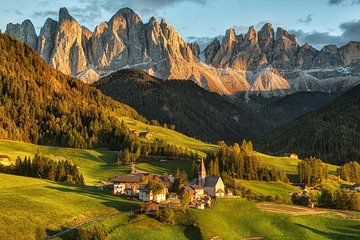A:
Yes, if you want to experience a history-rich Italian city that’s off the mass tourism radar, Brescia is worth visiting. And after your fill of Roman ruins and art history, the mountains, Lake Garda, and Franciacorta wine region are all nearby, along with the famous cities of Verona and Milan.

























